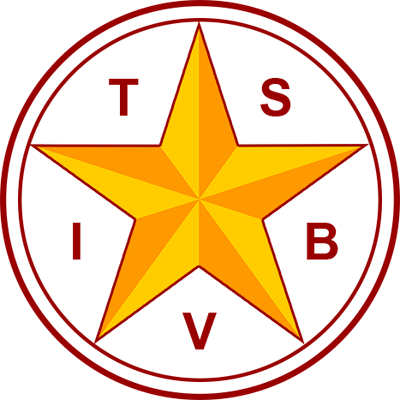DEFINITIONS
- “Career ladder” refers to upward mobility within the same position through a defined series of classifications. Promotion from one level to the next is accomplished noncompetitively when the individual has met specified experience, training, and performance requirements, and has demonstrated possession of the knowledge, skills, and abilities required by the job description of the next highest level.
- “Career path” refers to movement, via competitive application, to a different position within the same, or similar, functional area of employment.
PURPOSES OF PROGRAMS
The Superintendent may develop career progression programs for the following purposes:
- Enhance employee career development.
- Facilitate the retention of qualified and experienced staff.
- Support strategic planning.
- Forecast salary increases for budget purposes.
ESTABLISHMENT OF PROGRAMS AND PROGRAM PROCEDURES
The Superintendent will establish career progression programs to meet the above-stated purposes as the School’s fiscal resources permit. Career progression programs will be documented to define levels, identify career ladder versus career path movement, and describe the requirements for progression. The Superintendent may also develop procedures, as needed, to implement personnel actions resulting from career progression programs.
Performance Appraisals Required
An employee shall not be promoted pursuant to a career ladder program unless the employee has received a satisfactory performance appraisal within the previous 12-month period.
A manager or supervisor whose job responsibilities include the performance appraisal of subordinate staff shall not be promoted pursuant to a career ladder program unless performance appraisals for all assigned staff have been completed within the previous 12-month period.
Adopted: 1/26/99
Amended: 1/27/06
Reviewed:
